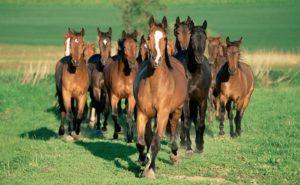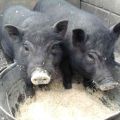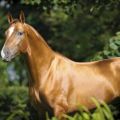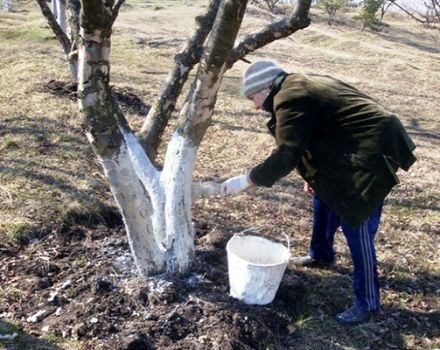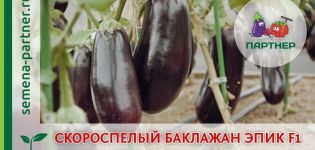What can and can not be fed to a horse and the rules for drawing up a diet
Many people think that hay and oats are enough for horses, but this is not so. The diet of animals should be complete and balanced, regardless of the intensity of physical activity. It is important to know what you can feed a horse in winter and summer, and what not to keep it healthy, how to schedule a meal, what useful supplements to include in the menu.
What horses eat in their natural habitat
The natural habitat of horses is open areas overgrown with field and meadow vegetation. The herd is engaged in eating grass for almost 20 hours a day. Since the horse's stomach is small in relation to the body, the animal does not eat a large portion, but becomes saturated gradually throughout the day.
Herbaceous plants that the ungulate eats in natural conditions:
- clover;
- quinoa;
- dandelion;
- wheatgrass;
- burdock;
- nivyanik;
- milk thistle;
- nettle;
- alfalfa;
- sorrel.
In winter, wild horses dig out wilted grass and frozen rhizomes from under the snow.
What are the animals fed in the stable
The owner of the stable must not only correctly select products for the animals, but also organize the feeding regime.

Juicy feed
A horse will not last long without fresh grass, because this is its natural food. Juicy greens are the basis of the diet. The most convenient and economical food option is free grazing. If there is no way to let the animal out into the open, then you will have to procure herbal food.
Before releasing a horse into pasture, you need to make sure that no poisonous herbs grow there. If the animal has to be fed without grazing, then the quality and freshness of the feed should be checked; if there are signs of mold and decay, the grass should be disposed of. A winter alternative to fresh grass is haylage. This is a dried green mixture sold in sealed containers. Vegetables and root vegetables are also considered succulent food. Horses are fed carrots, fodder beets, and occasionally boiled potatoes.
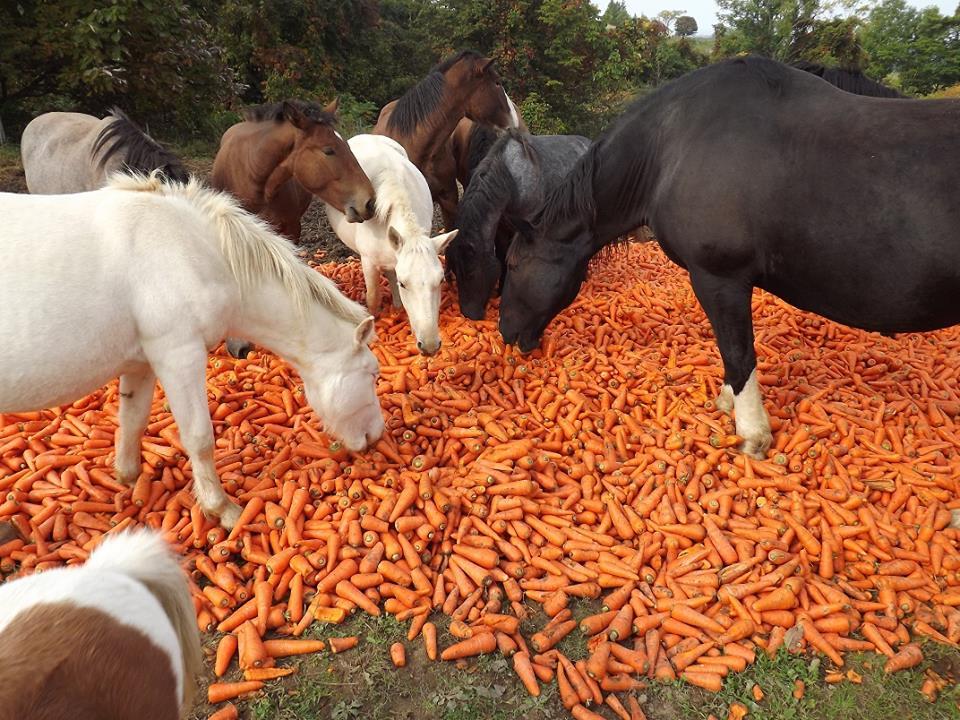
Roughage
Rough forage is called hay - dried grass, in which no more than 18% moisture remains. The horse is fed with hay throughout the year, even if the diet includes fresh and dried grass. Do not replace hay with straw, as its nutritional value is significantly lower.
The horse also willingly eats granulated grass flour - greens crushed and pressed under the influence of high temperatures.
Concentrated feed
Some horse breeders ignore food concentrates, others feed their pets in excess. The "golden mean" is important here: concentrates are not the basis of nutrition, so they are given to horses in moderation.Replacing fresh grass with concentrated feed is unacceptable.
There are three types of concentrates:
- cereals;
- cereals with vitamins;
- compound feed.

Equine cereals typically include barley, oats, corn kernels, bran. It is an excellent source of vitamins, minerals, proteins, starch, fiber - substances that replenish energy in the horse's body.
Compound feed is mainly fed to horses by farmers, as this product is economical and easy to distribute among many heads.
It is an excellent source of vitamins and minerals, the basis of its composition is bran, crushed grain, herbal flour.
Drawing up a daily diet
Feeding horses is not as easy as it sounds. Animals differ in constitution, state of health, breed characteristics, intensity of physical exertion, purpose. For example, a sports stallion and a pony, a healthy and a sick individual, cannot have the same diet.
On average, one healthy adult should eat per year:
- 2 tons of oats;
- 5 - hay;
- 1 - succulent feed;
- 1.5 - bran.
The annual amount of salt used as a food additive should be 12 kg per fish.
A horse weighing about 600 kg should eat per day:
- 12-15 kg of hay;
- 4-5 kg of concentrated feed;
- 2-3 kg of juicy grass;
- 1-2 kg of bran.
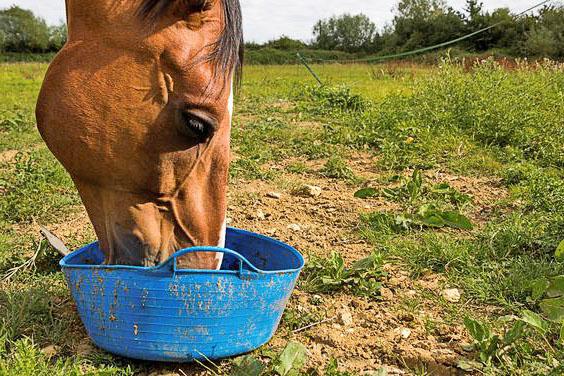
To prevent pets from gaining weight, when choosing a diet, you need to take into account their daily physical activity.
So the workhorse should eat more concentrates. Their specific gravity can be up to 70% under high load. Approximate diet for a working horse:
- 7 kg of hay;
- 7 kg of grass;
- 5 kg of oats;
- 5 kg of silage;
- 50 g premixes;
- 30 g of salt.
Sports horses should also receive hay and concentrated feed daily. Moreover, the daily ratio of products varies with training and competition. Standard diet for a middle-aged and weight sports horse:
- 7 kg of hay;
- 2 kg of corn flakes;
- 1 kg of granulated herbal flour;
- 0.5 kg of molasses;
- 0.1 kg of premixes;
- 50 g of salt.
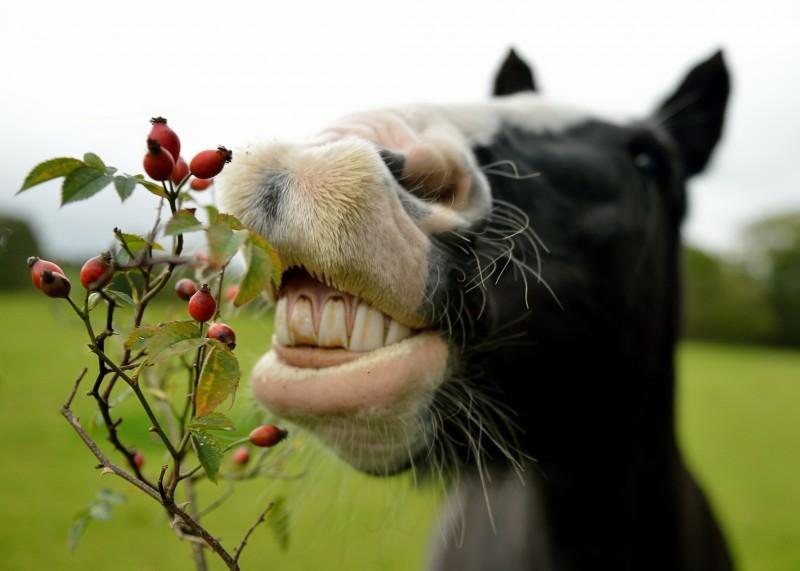
Diet formulation for pregnant and rearing mares must be particularly careful, since the quality of the diet determines the health of the foals. A mare should eat at least 4 kg of hay per 100 kg of body weight per day. The daily menu must include up to 6 kg of vegetables and root crops, about 4 kg of silage, 1 kg of sunflower cake. They are fed with concentrates, which include barley, corn and oats in a proportion of 35:25:40 by weight.
In the first 8 months, they feed so as to adjust the weight of the pregnant mare. If the animal is weak, then add the percentage of concentrates, if healthy - roughage. For the remaining 3 months, the calorie content is increased, and a few days before the foal appears, the proportion of silage in the roughage is increased. During the lactation period, the calorie content is not reduced so that the mare does not weaken. The foal is fed, observing the principle of regular food availability, which is especially important during the period of weaning of the calf from the mother. The diet of foals is almost the same as that of an adult; it includes hay, grain, bran, cake, vegetables, and molasses.
Feeding rules
In order for the horse to remain healthy, it is important not only to properly formulate the diet, choose high-quality and fresh products, but also feed in compliance with the following rules:
- The animal must always have access to drinking water.
- How much a horse eats, what kind of food it prefers, depends on its physique and temperament.
- In order not to harm digestion, the horse is fed at least an hour after exercise.
- In feeding, the schedule is important, from which you cannot deviate. Food is given daily at the same time.
- The horse is fed several times a day, but the daily portion is divided into several small ones.
- The change of diet is carried out gradually, adding new food carefully, in small portions.

How much does a horse drink per day
The daily portion of water for a horse is up to 60 liters. The animal drinks a lot and often, therefore, access to drink should always be. But care must be taken not to harm the health of the animal. So, you cannot immediately water a horse that has returned to the stable after hard work or a long walk on a cool day. This can cause stomach cramps and heart muscle damage. The horse must rest, cool down, then you can offer him a drink.
In the cold season, the horse is watered with lukewarm water at room temperature. Do not give cold, hot, boiled water.
What treats can you give?
For horses, it is joy and pleasure to receive a treat from the owner for good work or success in competitions. But goodies are not food, so moderation must be observed. Frequent rewards with goodies can lead to weight gain and digestive problems in the animal.
Treats that are healthy and safe for horses:
- apples;
- seedless watermelon pulp;
- homemade crackers;
- sugar cubes.
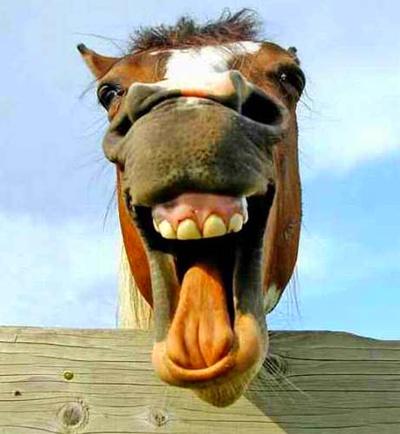
Also in specialized stores you can buy ready-made treats that can be fed to horses. They are not only tasty, but also full of vitamins and minerals.
What should not be fed to horses?
It is strictly forbidden to include in the horse diet:
- fresh bread - it causes a blockage in the intestines, begins to ferment in it, which causes colic;
- cabbage - it provokes an excessive accumulation of intestinal gases, which causes colic;
- fruits (except apples and watermelons);
- dried fruits - deadly, not absorbed in the digestive tract of the animal;
- shop croutons and chips;
- human food.
Feeding is an important part of keeping horses. The health and longevity of a noble animal depend on how well the diet is composed. The main conditions for a proper horse diet are variety and balance.
